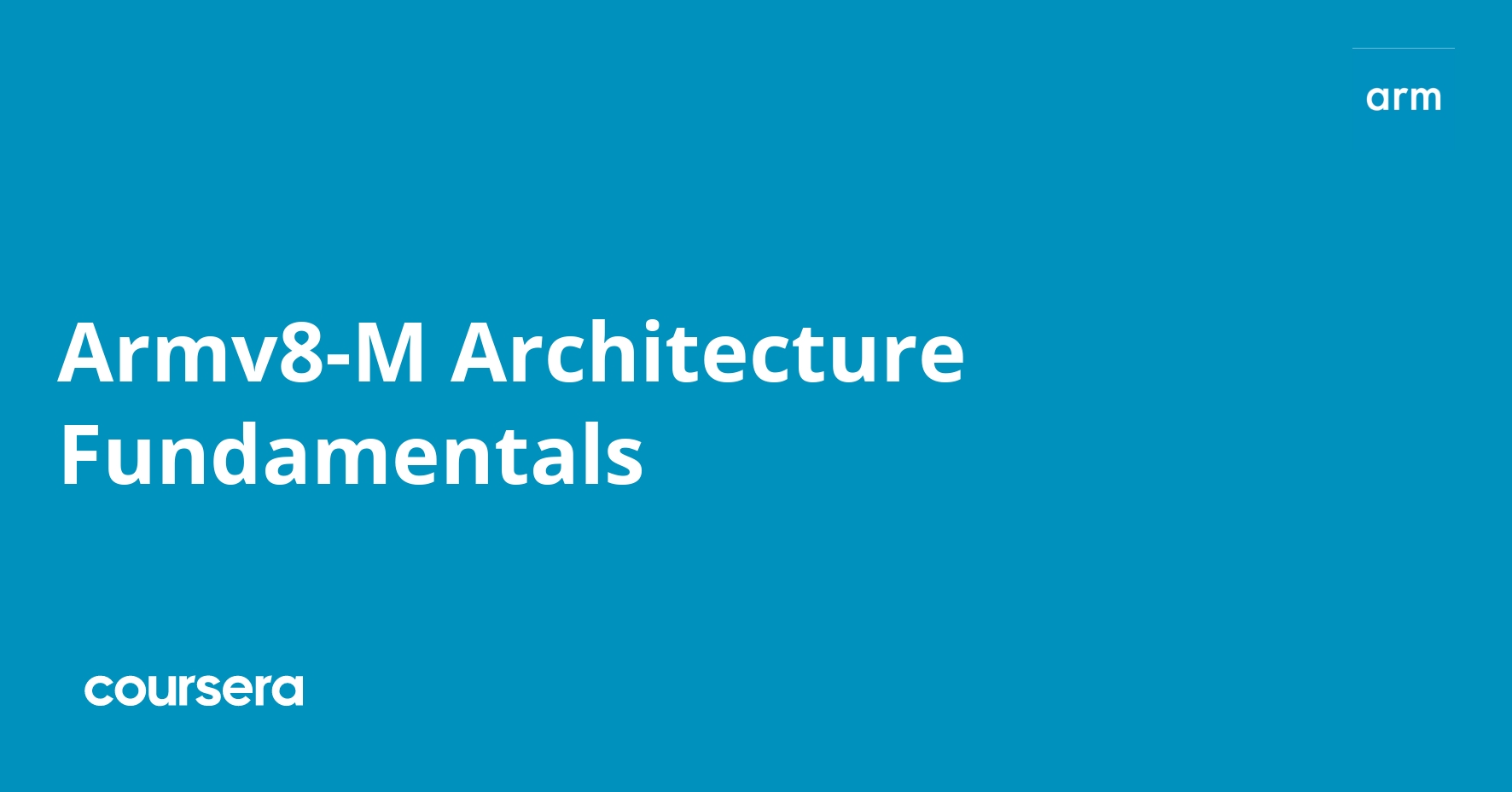Description
The course includes fundamental architecture topics that are key to understanding how any Cortex-M processor functions internally. The course focuses specifically on the Armv8-M version of the Arm Architecture, which processors like the Cortex-M33 and Cortex-M55 are based on. However, even if you’re working with older processors based on earlier versions of the architecture, like Armv6-M or Armv7-M, a lot of the information is mostly still very relevant and useful.
What you will learn
Course Introduction
The course includes fundamental architecture topics that are key to understanding how any Cortex-M processor functions internally. The course focuses specifically on the Armv8-M version of the Arm Architecture, which processors like the Cortex-M33 and Cortex-M55 are based on. However, even if you’re working with older processors based on earlier versions of the architecture, like Armv6-M or Armv7-M, a lot of the information is mostly still very relevant and useful.
Programmers’ Model
This module is an essential foundation module for any Armv8-M Mainline implementation training course. It introduces the programmers model for the Armv8-M architecture.
Assembly Programming
This module is an essential foundation module for any Armv8-M Mainline implementation course. It introduces the syntax and functionality of the assembly instructions used on all Armv8-M processors, which is crucial for configuration and debugging.
Memory Model
This module is an essential foundation module for any Armv8-M Mainline implementation training course. It introduces the memory model for the Armv8-M architecture.
Memory Protection
This is an optional module with the following learning objectives of describing the need for a Memory Protection Unit (MPU), understanding how the Armv8-M MPU differs to previous Armv7-M and Arm6-M MPUs, describing the different memory-mapped MPU registers, Configuring memory regions by programming the MPU registers, explaining how to optimise MPU programming.




